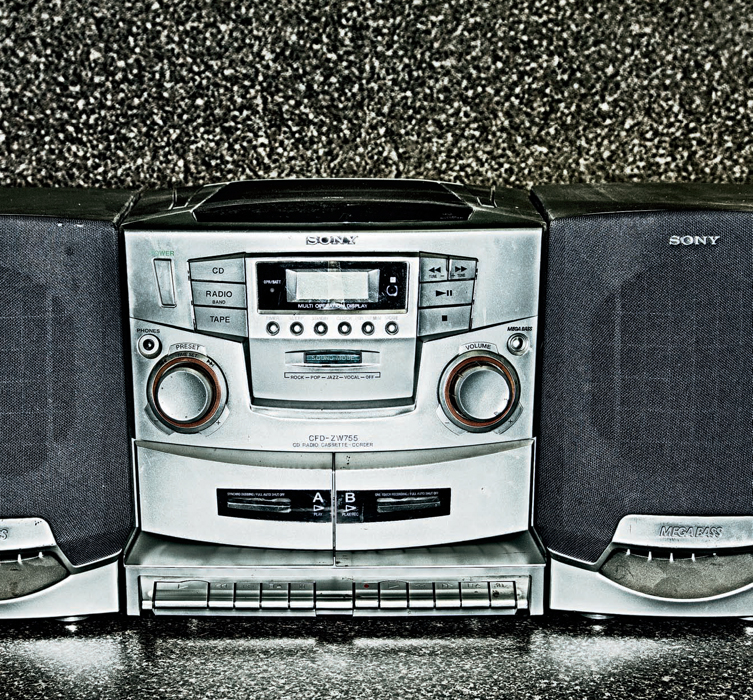
5
Adjusting Dynamic Range with Tone Compression
Now that you have selected a preset that gives an initial look to your HDR image, it's time to fine-tune the image. Every image or image series contains a different mix of tonal values, and every preset selects tone compression, chooses an HDR Method, and adjusts the tonal values in a particular way.
Of all these settings, tone compression is the most important. It sets the dynamic range of the final image. This chapter looks at the Tone Compression slider and the effect that adjustments to it have on the image.
Understanding Tone Compression
Tone compression is simply a new term for a photographic concept that has been used since the early days of photography.
Photographers who have worked in a black-and-white wet darkroom burned in bright areas of their prints and dodged shadow areas to limit the dynamic range of the print. These techniques worked well as long as there was information in the negative that could be revealed. Burning and dodging are a form of tone compression.
The Zone System that Ansel Adams and Fred Picker devised is an even better example of tone compression (and expansion). By making adjustments during exposure and later during development of black-and-white negatives, Adams and Picker showed that it was possible to more closely match the dynamic range of the scene to the dynamic range of the paper on which Adams ...
Get Nik® Software HDR Efex Pro™ After the Shoot now with the O’Reilly learning platform.
O’Reilly members experience books, live events, courses curated by job role, and more from O’Reilly and nearly 200 top publishers.

